For a very long time, I've run games in the same setting. That is, a world that takes influence from aspects of the Early Modern Period, the Age of Sail, and Columbian Exchange in an island chain that is a pastiche of the Caribbean. There you see aspects of swashbuckling tales like The Three Musketeers and Pirates of the Caribbean, weird magic a la Clark and Howard, ancient aliens, gritty sword and sorcery, tales of endemic warfare, and Caribbean folklore, both Taino/Carib and Post Columbian. So you're likely to battle alongside hupia against vicious colonist militia men on the remains of an ancient alien space craft.
However, I've been really interested in trying a campaign where I control very little of the world itself. One that is as randomly created as humanly possible, from the hexmap to the landmarks and adventures that can be found. Doing this was to be an exercise in drawing inspiration from the random and interpreting results to be interesting for adventures, no matter how crazy it may combine. I want to improve my improvisation abilities and remain flexible against weird results, especially since it's a good preparation for dealing with the most random aspect of gaming; your players.
I also had a second goal for this. I've been playing a hell of a lot of Witcher 3 and in that game, you have all this adventure crammed into an area that could be smaller than a six-mile hex. So, I wanted to replicate that feeling of tons of adventure packed in almost 15,000 acres of land. I want each sub hex to have something there that was interesting. Whether it's tracks and spoor of a local creature, a lair of a demon, a city, ruins, landmark... anything that is interesting.
Doing this was interesting, as after a couple hours, I had enough adventures and a campaign that could easily last me weeks, if not months. The books I used were
- d30 Sandbox Companion: An amazing toolkit that I probably used the most when doing this. I also used the d30 Terrain Hex Generator a great deal.
- The Perilous Wilds: The second most used book. Even though it's Dungeon World, the Ask the Fates section was great for populating each of my sub hexes.
- Hex Map Pack: I used this for my hex map. I preferred the 6:1 ratio, but you can use less granular ones if you wish.
- Dodeca Series: Primarily the Weather generator, because I feel it's the most in-depth climate and weather rules out there. My game is meant to be a wilderness survival game, so weather is important. But everything else in this cheap book is really useful.
- The Disoriented Ranger's Random Narrative Generator: Along side the adventure generator in the d30SC, +Jens D. blog really helped to add some interesting twists and complications to different things going on.
- Dice Dungeon Generator: I used my dice dungeon generator whenever a dungeon or ruin rolled itself on my hex map.
- Vornheim: Despite being a wilderness adventure, I also have a city and ruins to be explored. And this book has always been a staple in my games.
- Adventure, Conqueror, King: I used this to stock my dungeons and for the economy. The world building aspect is really great too, but I didn't use that this time. Mostly it's because that's better for a top-down approach of campaign building and I was going from a bottom-up approach. If Lairs and Encounters ever come out, I'd love to use that.
My Approach
My only rules were to keep it as random as possible. Things like town names and NPC names and number were created by me.
- I started with a single six-mile hex and had several one-mile hexes as the sub hexes. Counting the half and third hexes as separate hexes, this gave me over forty adventuring locations in a single six-mile hex.
- Using the d30 Hex Terrain Generator, I randomly rolled what the middle hex terrain would be, then rolled what each surrounding sub hex's terrain would be until I filled up the six-mile hex.
- I used the d30 Natural Features and Phenomena table to fill up the sub hexes with crazy stuff.
- I'd then roll a d3 to see how many special and interesting discoveries there were in a given hex. Then, using Perilous Wild's Discovery table, I rolled for each sub hex to see what would be there. I got a lot of threes so this took a bit. Next time I might skip the d3 roll.
- For each result of a dungeon, I used my Dice Dungeon Generator to create them. For things like ruins or intact keeps, I used Vornheim's building generator.
- I stocked the dungeons and ruins using ACKS, though I tweaked the table to have monsters that would fit a tropical setting. I also used this for treasure stocking.
- I rolled for the weather for 14 days. I started the campaign on a New Moon and set up tides at 8A/2P/8P/2A for times. Whenever I roll weather, I always seem to get a tornado result. It's become a joke among my friends.
- I then took a look at everything on the hex map and interpreted the results, making connections that seemed like they would work and filling in some results with monsters or NPCs that caught my eye. Also used the d30 NPC Maker to make a lot of NPCs for the area.
- For each possible adventure, I used the Random Narrative Generator. For simple quests, I only rolled on it once or twice. For more in depth adventures, I rolled three to four times, and for longer campaigns, I rolled five times.
- Made a random encounter table
- Had a beer
 |
| The original terrain map after rolling |
Above is the preliminary hex map. Big hex is 6 miles and the sub hexes are 1 mile. The letters are the terrain for the area. W is water, H is hill, F is forest, S is swamp, and P is plain. WZ stands for Wild Zone, which is a campaign specific hex that I talk about here and here.
At this point, I had made all the connections and was essentially ready to run the campaign. I wrote down all of the adventure ideas that I had randomly rolled up and interpreted and I have to say, I was really excited for what was created. The biggest thing I like is that each 1 mile hex has at least three interesting hooks in there for adventures. Everything from treasure maps to tracks of a creature to dungeons to NPCs. And the best part is that despite the results looking quite disparate, the adventure narrative between things really work out. On paper, this looks fun and I can't wait to run this for a group. Once I get my scanner working, I'll have to post my notes up on everything.
I learned that there is a greater value to random rolls than I honestly first imagined, even with my love of random tables. I feel a bit more in the right headspace for the world because I've had to interpret everything instead of creating, though there was plenty of creating from the inspiration of the rolls. I think that my improvisation skills will benefit from this little exercise. Now I just need a chance to run it.
My next post, I want to post up the final map and the notes I made for each area that I rolled up. With the move and packing, my time will be a bit limited on what I can post.
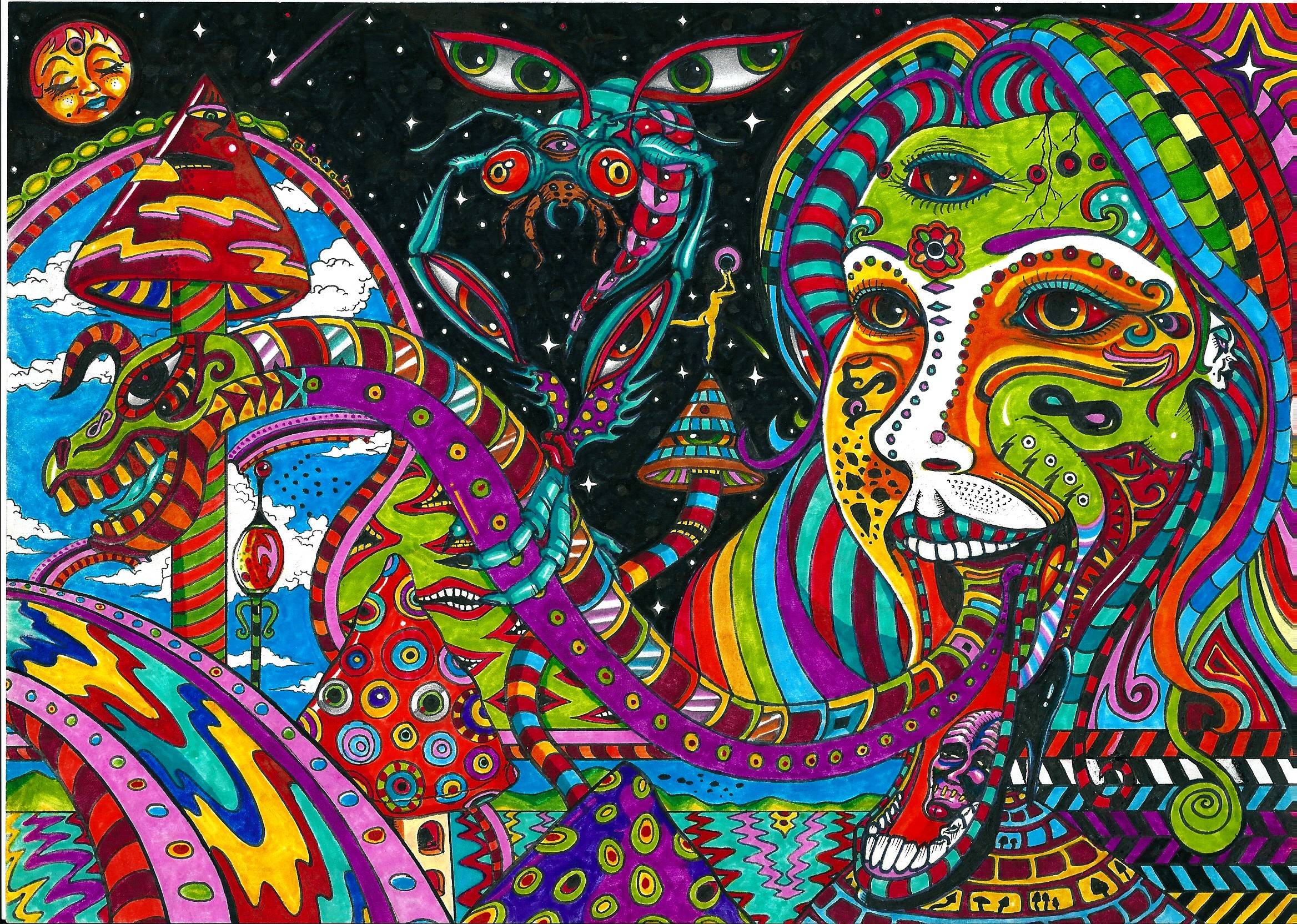



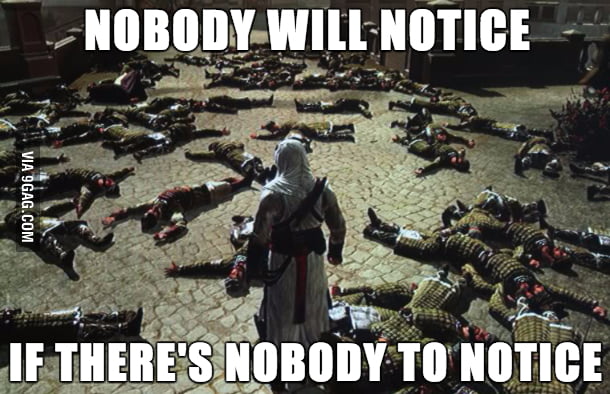
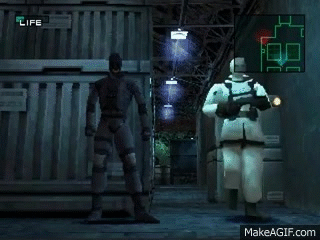

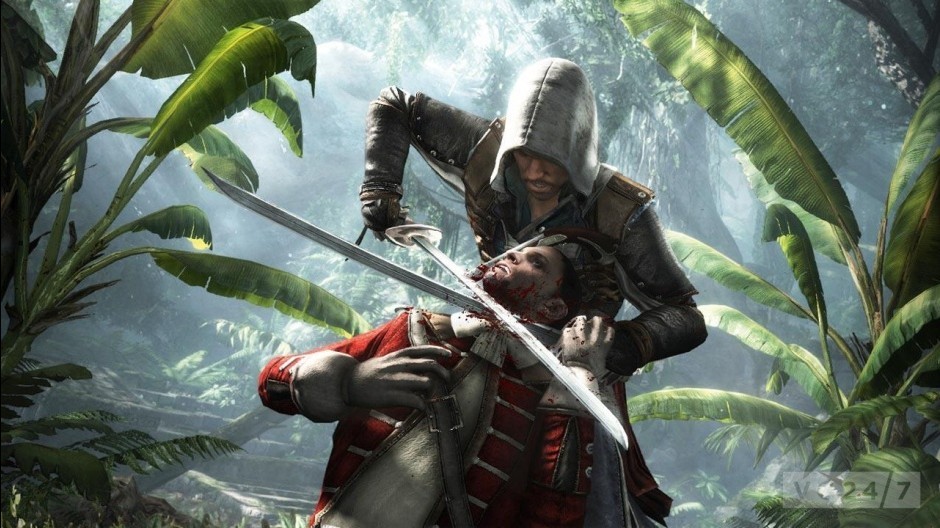




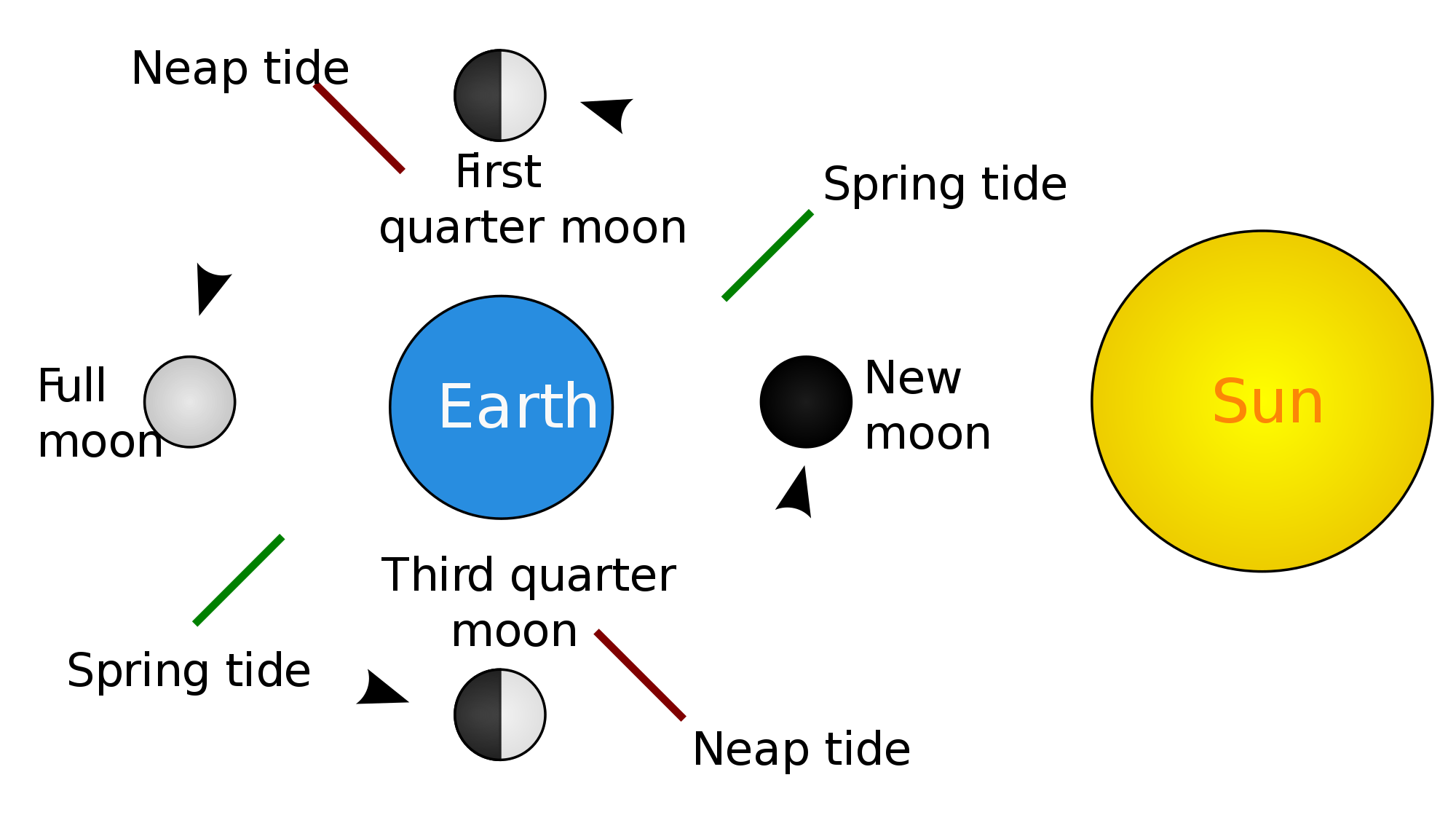


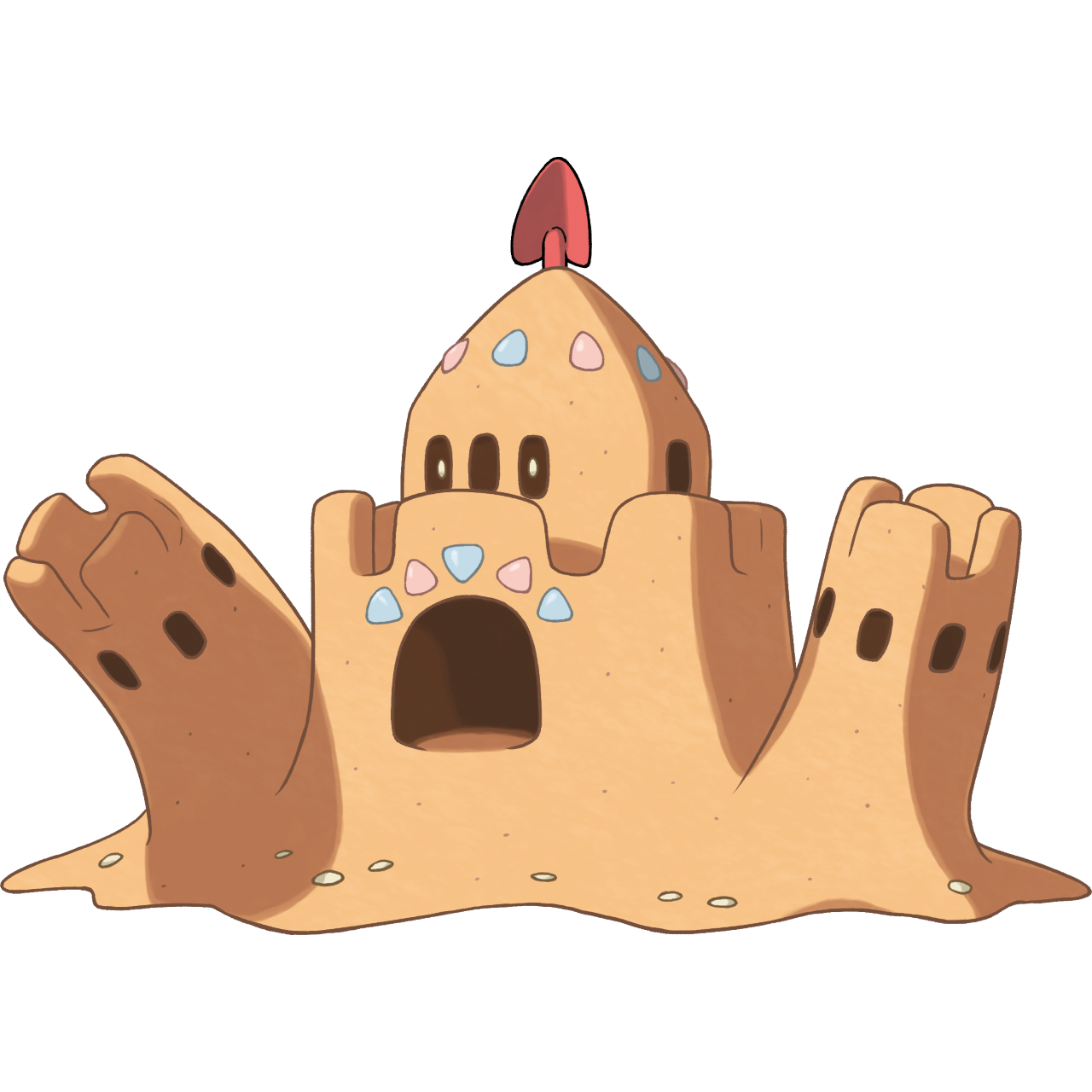





/cdn0.vox-cdn.com/uploads/chorus_asset/file/7050731/Screen%20Shot%202016-09-06%20at%2011.22.41%20AM.png)